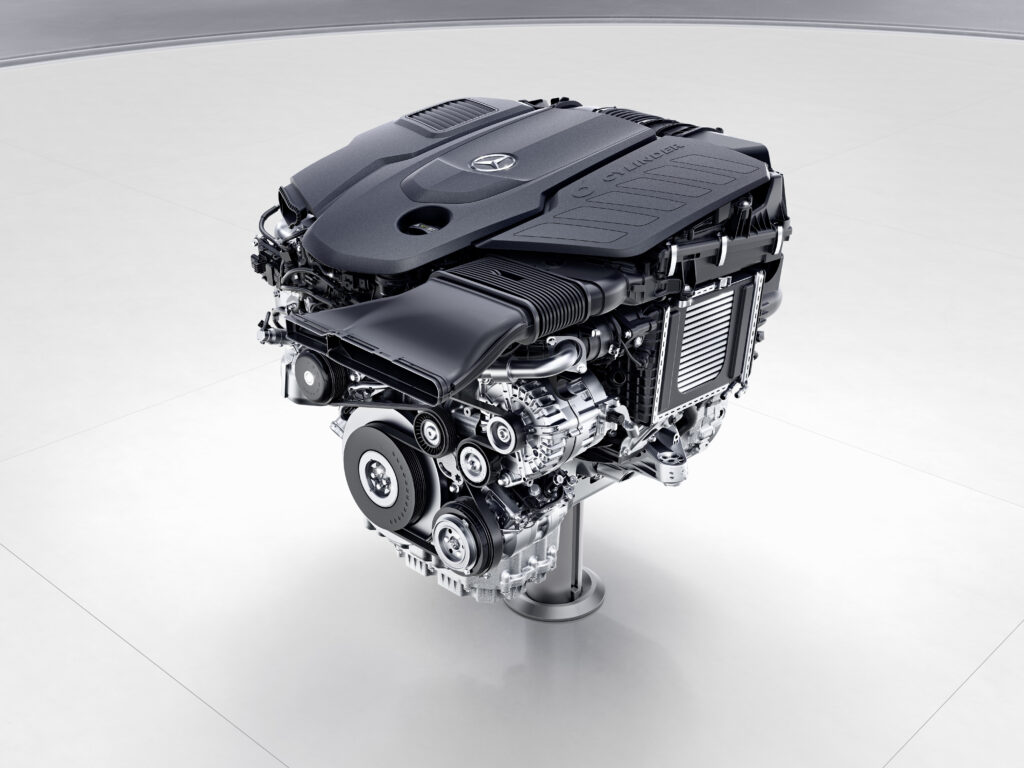R744 CHALLENGES
- PostedPublished 2 December 2016
THE debut of R744 in the flagship Mercedes-Benz S-Class, rather than a volume-selling mainstream car, is smart from both a business and engineering point of view.
Absorbing the high cost of a new technology is easier in a high-margin car and because these expensive vehicles are sold in relatively small numbers to people who are typically early technology adopters, any teething problems are easier to handle.
According to the SAE’s Automotive Engineering magazine, “high-pressure pulses have created noise problems”. A large, heavily insulated car such as the S-Class is better able to hide these.
Because R744 systems operate at up to 10 times the pressure of those using R134a or R1234yf, component durability also becomes a problem. In addition to the ability to use heavier, more expensive components, the relatively low sales volumes of the S-Class make real-world problems not experienced under test conditions much more manageable.

R744 condenses at 31 degrees, so the gas-to-liquid phase change is less likely to take place in the front heat exchanger (known in R134a/R1234yf systems as the condenser.
In R744 systems this component is called a gas cooler. Like R1234yf systems, an internal heat exchanger helps improve efficiency by creating a high-side condensation effect.
Mercedes-Benz has also confirmed the E-Class range will get R744 systems, which SightGlass News expects will appear at the same time as new four-cylinder and straight-six engines that were announced in November and integrate a 48V electrical system that drives the air-conditioning compressor along with other ancillaries, including an electric air pump designed to reduce turbo lag.
- CategoriesIn SightGlass
- TagsSightGlass News Issue 8

